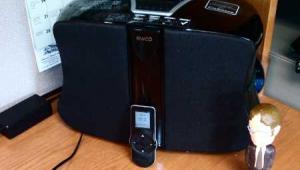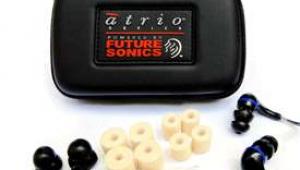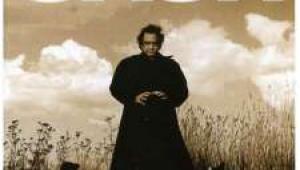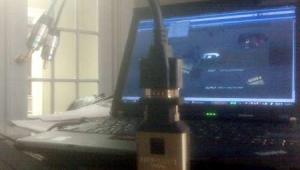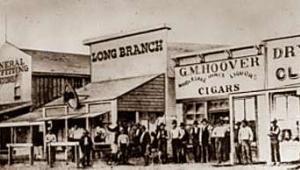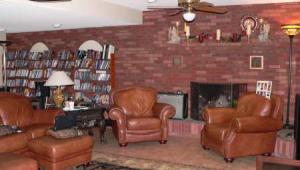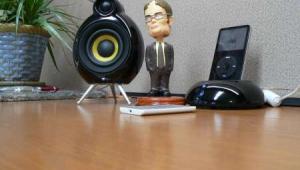Hot Lanta

So today, as I sit here finishing up my Denon AVR-4806CI review, I once again turn to my ever burgeoning collection of Telarc records. This time, we have three compositions from Vaughn Williams recorded by the ASO, Robert Spano conducting, including Symphony #5 and the Tallis Fanastia, both previously recorded and released by Telarc with Andre Previn conducting the Royal Philharmonic Orchestra. The third piece, a choral piece entitled Serenade to Music, offers featured vocalists as well as Atlanta Symphony's Chamber Chorus putting up a wall of sound that would make George Martin proud.
Another ASO gem turned out to be Kullervo, a lengthy piece by Sibelius. The only other piece I own from Sibelius was so off-putting, I've hesitated drinking from the fountain anew. Robert Spano is once again in charge, and the mostly instrumental Kullervo is punctuated with a choral piece with a featured vocal duet between Nathan Gunn's Kullervo and his "sister," mezzo-soprano Charlotte Hellekant. Telarc's recording is majestic once again, and this disc will get more spins in the future for certain.
Today's Telarc is deeply committed to the SACD format and, given their discs are dual layer hybrids that play equally as well on an SACD or universal player as they do in the CD player in any of my family's cars, Telarc's solution to the old format war is much appreciated. DVD-Audio also tried dual format discs, flippers in their case, but they failed with little fanfare from the common man. If only more record companies had gotten off their collective asses and started reissuing everything in a dual-format audio disc, the war wouldn't have ended with everyone licking their wounds. Who won the hearts and ears of the general public? Er, no one, but DVD-Audio's propensity for shooting themselves in the foot, repeatedly, forces us to award SACD a TKO.
From a commercial perspective, SACD may not have made much of a dent in the consumer electronics market with anyone but the serious audiophile, but then again, neither has any high-end audio product. It's not like there's Koetsu Black cartridges littering the landscape at lawn sales. But it's unfortunate that SACD hasn't taken off like we hoped it would. The reasons are myriad, starting with Sony's inability to force it down the throat of record companies, the Siren song of the less alien PCM technology of DVD-Audio, the attitude of the brick and mortar retailers who adopted the ennui of their customers, often relegating SACD and DVD-Audio discs to a single curiosities shelf in the back of the store whose very existence often came as a surprise to their own employees.
When you're in Atlanta, don't forget to try the Orchestra.
- Log in or register to post comments

